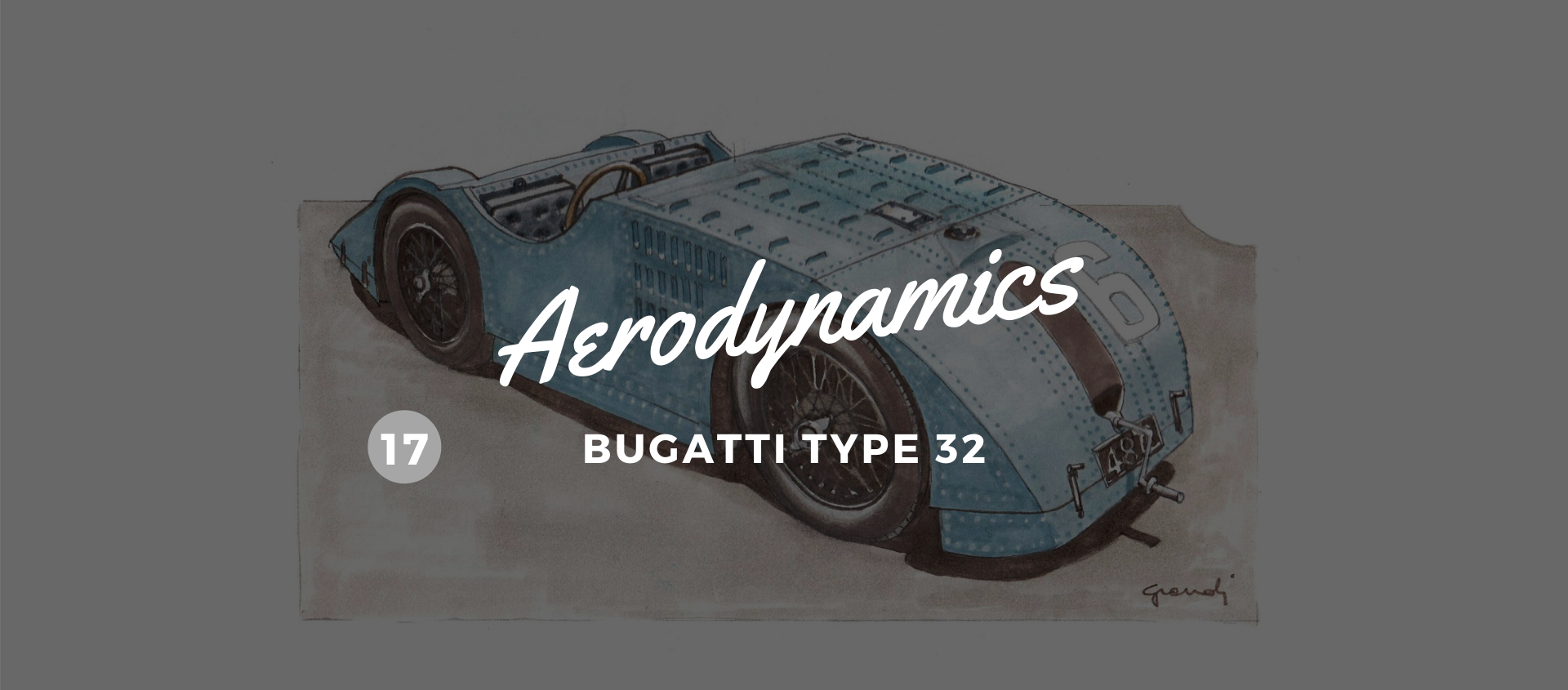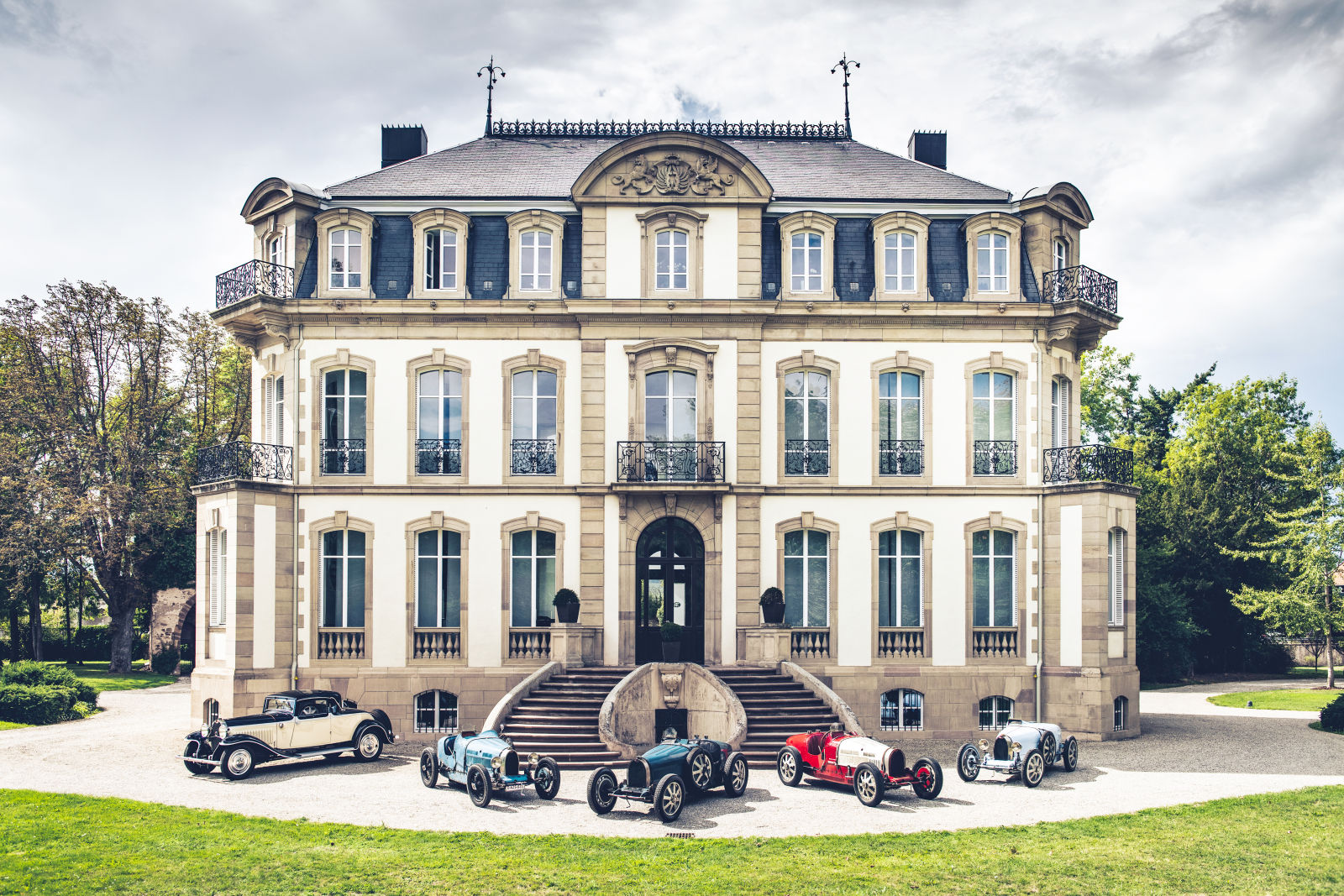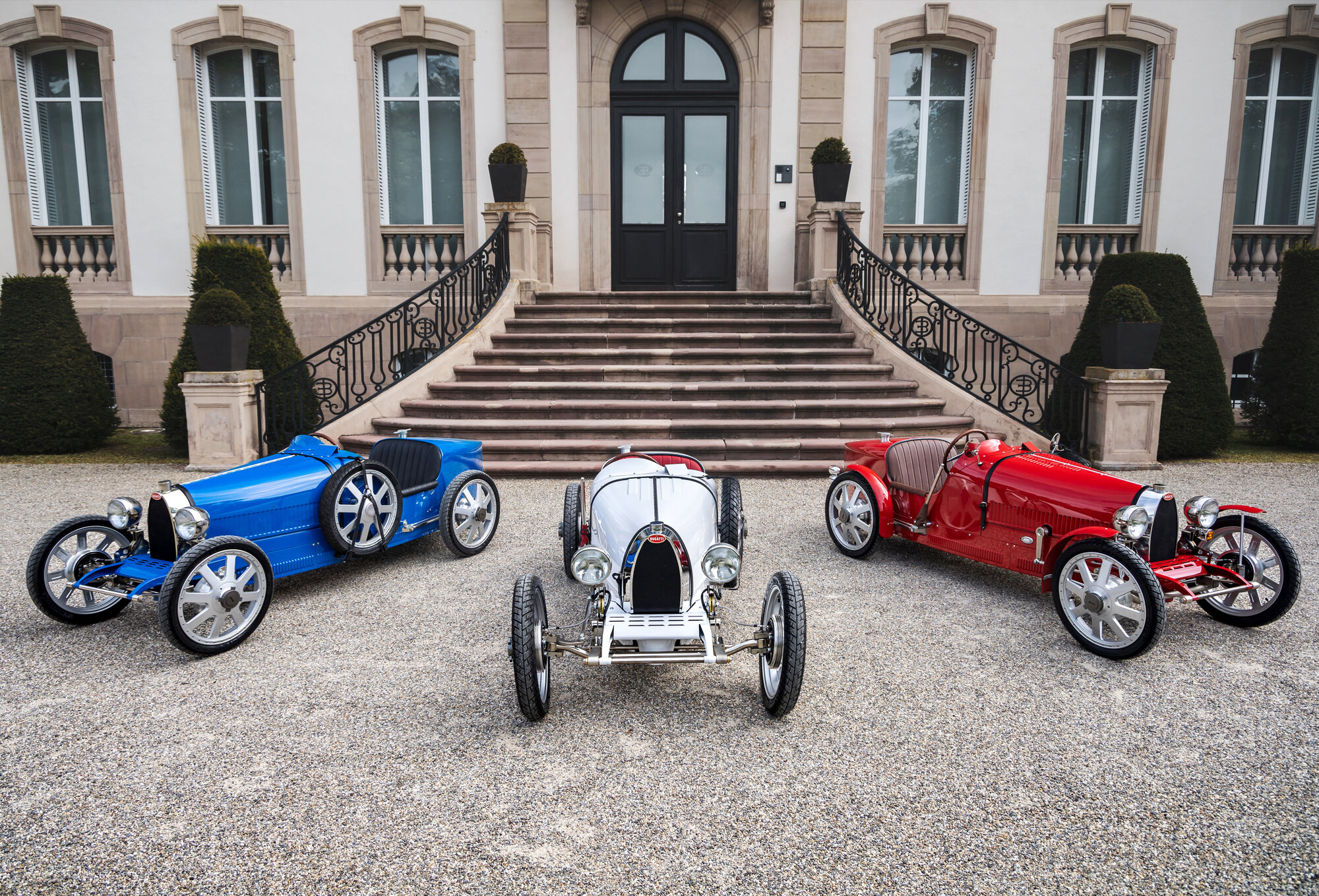1923. The Bugatti Type 32. A racing tank
01 June 2020 1 min read 4 images

The genius of Ettore Bugatti was already well recognized when, in 1923, he entered four Type 32s in the Grand Prix of Tours. Even though his considerable success, dating back to the Type 13, grew with the Type 35, which was to dominate motor racing for years, Bugatti could not resist the temptation to explore the advantages of aerodynamics.
Register to unlock this article
Signing up is free and gives you access to hundreds of articles and additional benefits. See what’s included in your free membership. See what's included in your free membership.
Already have an account? Log In


